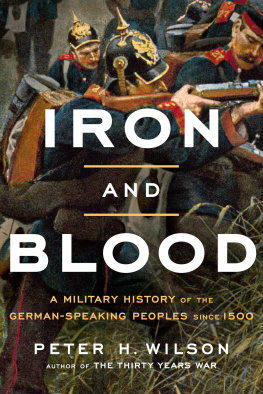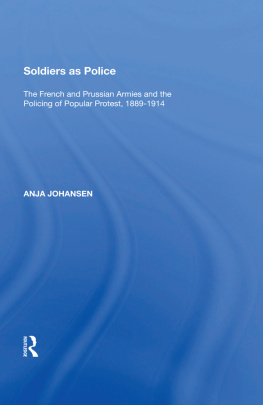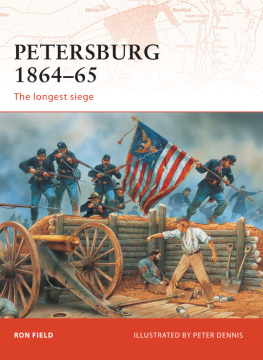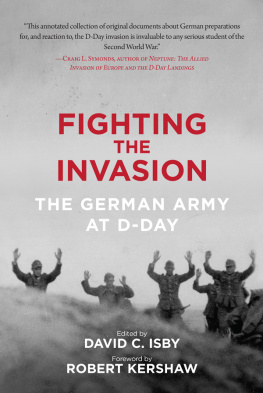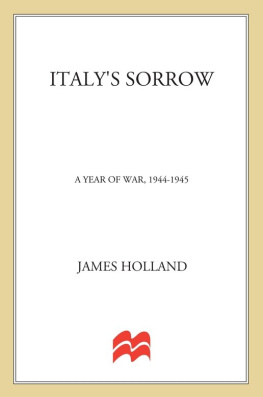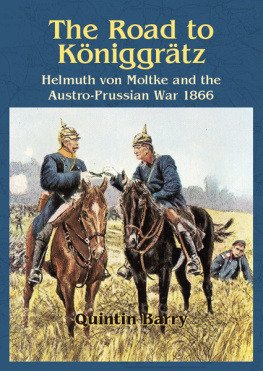1864
1864
The forgotten war that shaped modern Europe
TOM BUK-SWIENTY
Translated by Annette Buk-Swienty
Profile Books gratefully acknowledges the financial assistance of the Danish Arts FoundationDANISH ARTS FOUNDATION
Published in Great Britain in 2015 by PROFILE BOOKS LTD
3 Holford Yard
Bevin Way
London
WC1X 9HD
www.profilebooks.com
Originally published in Denmark in 2008 by Gyldendal, entitled 1864: Slagtebnk Dybbl Copyright Tom Buk-Swienty and Gyldendal, 2008, 2015
Translation copyright Annette Buk-Swienty, 2015
The moral right of the author has been asserted.
All rights reserved. Without limiting the rights under copyright reserved above, no part of this publication may be reproduced, stored or introduced into a retrieval system, or transmitted, in any form or by any means (electronic, mechanical, photocopying, recording or otherwise), without the prior written permission of both the copyright owner and the publisher of this book.
A CIP catalogue record for this book is available from the British Library.
eISBN 978 1 78283 077 1
For my parents,
who taught me to choose my battles wisely
Contents
Dramatis personae
A note to the reader
Preface
Introduction: The veteran
Part One: The Day Before
1. Sunday, 17 April 1864
2. The chosen one
3. The battle plan
4. The butchers block
5. The ironclad warship
6. The war correspondent
7. The ailing general
8. The Red Cross delegate
9. On the front
10. The last letter
11. The changing of the guards
12. The doomed
Part Two: The Road to Dybbl
13. Les jeux sont faits
14. The Baltic powder keg
15. The Iron Chancellor
16. The king is dead
17. Thyras Fortress
18. The first days
19. The funeral procession
20. Sankelmark
21. The scapegoat
Part Three: The Siege
22. Bloodshed
23. The bombardment
24. Seven long days
25. Night
26. 18 April 1864
27. The left flank
28. Counterattack
29. Burning bridges
30. The dead
31. The dying
32. The prisoners
33. Berlin
34. The ghost ship
Epilogue: The groundswell after the storm
Chronology of the war
Acknowledgements
A note on quotation
Sources
Index
The scene had about it a strange beauty. On the face of Dybbol Hill, looking eastwards, the morning sun shone brightly. To the right, along the Sund, vast columns of smoke rose straight into the air from the burning cottages of Ulkebl Westermark. On the left the cliffs of the Wemming Bund shores were enveloped in the haze caused by the ceaseless puffs of snow-white smoke which were belched forth by the Broager batteries. From the crest of the hill a belt of flame flashed constantly; and the clear blue sky overhead and the still blue sea underneath encircled the whole of this picture of fire and flame and smoke in a gorgeous setting. The noise was fearful, greater even than I ever yet have heard it.
Edward Dicey, British war correspondent, Dybbl, 18 April 1864
Dramatis personaePrussia
Otto Eduard Leopold von Bismarck-Schnhausen (aged forty-nine): Prussian minister-president, Foreign Secretary and primary advisor to King Wilhelm I. Conservative and politically astute, Bismarck takes advantage of the Schleswig crisis to further his own political goals of strengthening the Prussian military and the Prussian Crown.
J. Bubbe (age unknown): A Prussian private in the 24th Regiment. He participates in the early battles of Mysunde on 2 February and Dybbl town on 17 March, as well as the final assault on 18 April, where he is in the 5th assault column attacking Redoubt V.
Carl Bunge (age unknown): A Prussian captain in the 11th Regiment, who participates in the second wave of attacks on 18 April. He led his men towards Reboubt II, proceeding from there to the Danes second line of defence, where they meet the Danish 8th Brigade. He also fights at the Battle of Mysunde on 2 February and the successful nightly attack on the remaining advanced Danish posts in front of the redoubts, conquering this ground.
Wilhelm Gather (aged twenty-six): A Prussian private in the 4th Regiment. He is selected for the 6th storm column on 16 April and participates in the attack on Redoubt V on 18 April. He was born and grew up in the Prussian Rhine Province. He hates the war and life as a soldier and dreams of returning home to his family farm.
Prince Friedrich Karl (aged thirty-seven): At the beginning of the war he is in command of the 1st Prussian Army Corps and from 1 March he is given command of all troops at Dybbl. Initially somewhat indecisive and ineffectual, Prince Friedrich takes a firmer stand from mid April, by which time the siege bombardment has all but silenced the Danish cannon and destroyed most of the redoubts. He devises the Prussian strategy for the final assault of the Danish position.
Friedrich Heinrich Ernst Graf von Wrangel (aged eighty): At the outbreak of war Field Marshal von Wrangel nicknamed Pappa Wrangel is, as soon becomes apparent, far too old to command the allied forces successfully. Wrangel has a highly distinguished military career behind him, however. He entered military school at thirteen and rose steadily through the ranks, winning distinction in the Napoleonic Wars (180715) and the War of Liberation (1813). As commander of the 2nd Corps of the German Confederation, Wrangel won several engagements in the First Schleswig War (184851).Denmark
Wilhelm Adolph Dinesen (aged eighteen): A second lieutenant in the 9th Regiment of the 8th Brigade of the Danish army and one of the youngest officers to serve. He arrives at Dybbl on 14 April, and on 18 April participates in the 8th Brigades suicidal counterattack on the Prussian assault columns. Dinesen survives the battle and is later to become the father of world-renowned Danish writer Karen Blixen.
George Daniel Gerlach (aged sixty-five): Given high command of the Danish army on 29 February following the dismissal of Christian de Meza, who had been responsible for the withdrawal of the Danish army from its first main position at the Dannevirke. Gerlach had nothing to do with this unpopular decision, which in part explains why he, though a weak leader, was chosen to head the army.
Niels Larsen (aged thirty): An infantry reservist in the 22nd Regiment. He is a successful miller from Hellum, northern Jutland, and is married to Inger Marie. The couple have a son and a newborn daughter. On 17 April, Larsen is sent on duty in the most advanced redoubt line, stormed by the Prussians the following morning.
Johan Peter Larssen (aged forty-two): A corporal in the 4th Support Company and the oldest private in the Danish army. Inspired by news of the Danish losses at Dybbl, he volunteers for combat duty in April, leaving his job as a skipper on a light vessel.
Carl Christian Lundbye (aged fifty-one): Former artillery officer and now Danish minister of war. He was on active duty during the First Schleswig War, but despite being an experienced soldier by the time the Second Schleswig War breaks out in 1864 he proves a pedantic, meddlesome leader guided by pride rather than rational argument, and seems curiously oblivious to the actual situation on the front. He is instrumental in the dismissal of Commander-in-chief General de Meza following the latters decision to withdraw from the Dannevirke.
Next page

